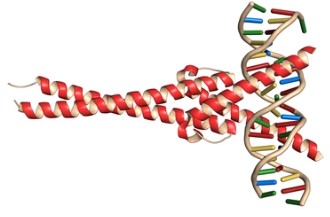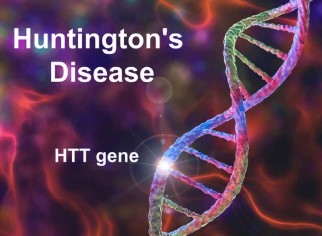
Thu, 2025/11/13

Thu, 2025/11/13
How the Language Gene FOXP2 Can Help Treat Huntington's Disease

Thu, 2025/11/13
Father’s Protein Intake Determines Daughters’ “Metabolic Physique”?

Thu, 2025/11/13
Cells produce two types of proteins locally in mitochondria to support energy generation

Sun, 2025/09/07
V(D)J Recombination "By-products" Can Self-replicate and Trigger Leukemia Relapse

Sun, 2025/09/07
Highlights from Cell Journal July 2025 (II)

Sun, 2025/09/07
Highlights from Cell Journal July 2025 (I)

Sun, 2025/09/07
Guidelines for Designing Protein Transformers
